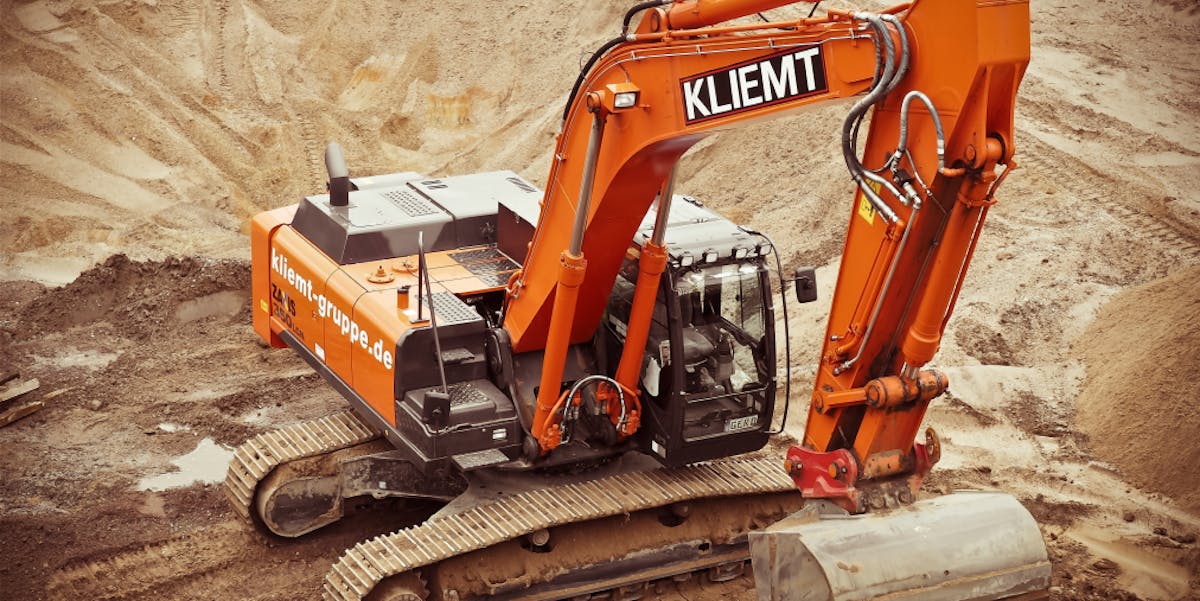Every construction project generates huge amounts of construction rubbish. The cost of disposing of construction rubbish includes the cost of loading it, transport, as well as the tip fees. These costs can be huge on the average construction project.
In an effort to reduce these costs some contractors resort to dumping the rubbish illegally on vacant lots, which could result in monetary fines and bad publicity, as well as incurring the costs to clean up the mess when they’re reported to the authorities. This is environmentally insensitive – would you want some contractor dumping construction waste in your neighborhood, would you want your rates and taxes used to clean up someone else’s rubbish? Anyway, some construction waste is dangerous. Asbestos could blow into neighboring properties, kids could be cut on broken glass and ceramic tiles, and farm animals could choke and die from ingesting plastic, all of which could lead to legal action against the offending contractor.
Other contractors choose to bury construction rubbish on the project site. This is also illegal and will upset clients should they uncover the rubble while they’re landscaping their property or building other structures. Indeed they’re entitled to call the offending contractor back to clean up the mess, or they could deduct the clean-up costs from the contractor’s retainage money or their bonds.
Some rubbish, such as paints, oils, and asbestos, must be disposed of correctly in special locations. Mixing these materials with the general waste on the project will contaminate all the rubbish, requiring all the material that is now contaminated to be disposed of in special locations at additional costs.
Construction waste could include packaging from construction materials (including cans, plastic, pallets, timber, strappings, and polystyrene), damaged materials which can’t be used, defective work that had to be demolished, broken materials, offcuts, excess materials, materials which were mixed and went hard before they could be used, vegetation which was stripped from the project site, topsoil, unsuitable ground and rock, excess ground from excavations, rubble from existing structures which had to be demolished, as well as the usual trash from workers, such as food wrappers, cans and more.
To avoid unnecessary costs the amount of waste can be reduced by using these 14 tips:
- Separating recyclable materials (sometimes scrap steel can even be sold to generate additional income).
- Shredding and chipping vegetation to use as mulch in the landscaping.
- Ensuring that the correct quantities of materials are ordered so there’s no waste.
- Reducing the breakages of materials during handling and installation.
- Ensuring that good quality is achieved and mistakes aren’t made so that work doesn’t have to be broken down and rebuilt.
- Ordering materials in the right sizes to limit wasted offcuts (or plan cutting to reduce offcuts which can’t be used).
- Ensuring that good materials don’t become contaminated with rubbish (every time a pile of rubbish is moved on projects invariably dirt becomes added to the mixture creating more rubbish to be gotten rid of).
- In some cases, where there are lots of demolitions it may be possible to crush the building rubble and use it as fill material behind walls, under floor slabs and inroads (with the design engineer’s permission).
- Stockpiling topsoil to be used for landscaping at the end of the project. Indeed topsoil is often a valuable commodity if it’s uncontaminated. If advertised it might even be sold, or at the least, it will be collected free of charge by someone needing topsoil.
- Seeing if there are other construction projects in the area that could use the excess ground generated from your excavations.
- Only mix a sufficient quantity of material which can be used in the time before the material becomes hard.
- Storing materials properly so they aren’t damaged by wind, rain, heat or construction equipment.
- Some suppliers may be willing to take back some of their packaging, especially reusable pallets.
- Some products like timber may be useful for charitable organizations. Even advertising leftover products for free may get the neighbors taking them off your hands. Of course, always ensure the products aren’t contaminated and don’t have nails or screws sticking out that could injure somebody.
Always designate specific areas for construction rubbish and ensure that papers don’t blow around the site or into neighbors’ properties or block drains. Check that the subcontractor clear their construction rubbish. Get everyone on your project onboard to eliminate unnecessary waste.
Have a look at your project’s skip waste bins and rubbish piles. You might be shocked at what you see. There could be several hundred dollars of good materials and equipment being thrown away. Consider how you could reduce the amount of waste. How can you save money on your project and improve the environment by managing the waste on your construction project better?








